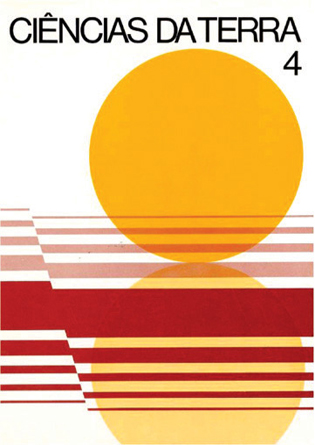Notes sur la Géologie et la paléontologie du Miocène de Lisbonne. XX - Les plus anciens mastodontes tetralophodontes (Langhien inférieur Vb), évolution et remarques sur la tetralophodontie.
Abstract
Key-words: Tetralophodont /Mastodonts - Teeth - Lower Langhian Vb - Evolution - Origin of tetralophodont structure This study deals with maslodonl leeth found near Lisbon in Lower Langhian (lower Middle Miocene) flUViatile. feldspathic sands (Vb division). Conclusions are as follows: I. Tetralophodont molars (even if at a still prImitive stade of the tetralophodont condition) do exist at least since lower Lanahian times. and not only since late Middle Miocene as wase previously known. 2. Tri- and letralophodonl structures may (and indeed do) coexist in the same individual: such examples do nol correspond to transitional forms. bUI instead to a mosaic of juxtaposed characters (however this does not mean there are no transitional forms in other instances). 3. So these structures coexisted in a population not yet genetically separated beyond fertile cross-breeding. i.e. beyond species' level. 4. Origin of the tetralophodont molar was due to some mutation (s). but without crossing species' limits and even more genus'ones. 5. At this times probably soon after the first appearance of tetralophodont mutants. animals with such characters were a small but signifiant minority among the population (17 'k if accounl is laken on D4 's: only 2'k after M;s). 6. There was nOI Ihen any direct and clear correlation between number of lophs (transversal crests) and tooth size, even if the increase of such number goes along with length's increase. 7. Dimensions (length in special) in tetralophodont teeth tend to exceed those in - normal- trilophodont teeth. this being particularly clear in D4. even if there is no clear distinction: the situation is quite the same. maybe less marked, with the M2. 8. According to the preceding conclusions there are no reasons to segregate different taxa among such mastodont population on the grounds of the presence in D4, M1 and M2 of 3 or 4 crests (this character being regarded as diagnoslic of' the genus Tetralophodon). 9. On the contrary, if any natural (in biological sense) classification is disregarded and a morphological parataxonomy is adopted there should be considered both Gomphotherium angustidens and Tetralophodon sp.: however this is absolutely not our opinion.Downloads
Published
2008-07-30
Issue
Section
Articles






